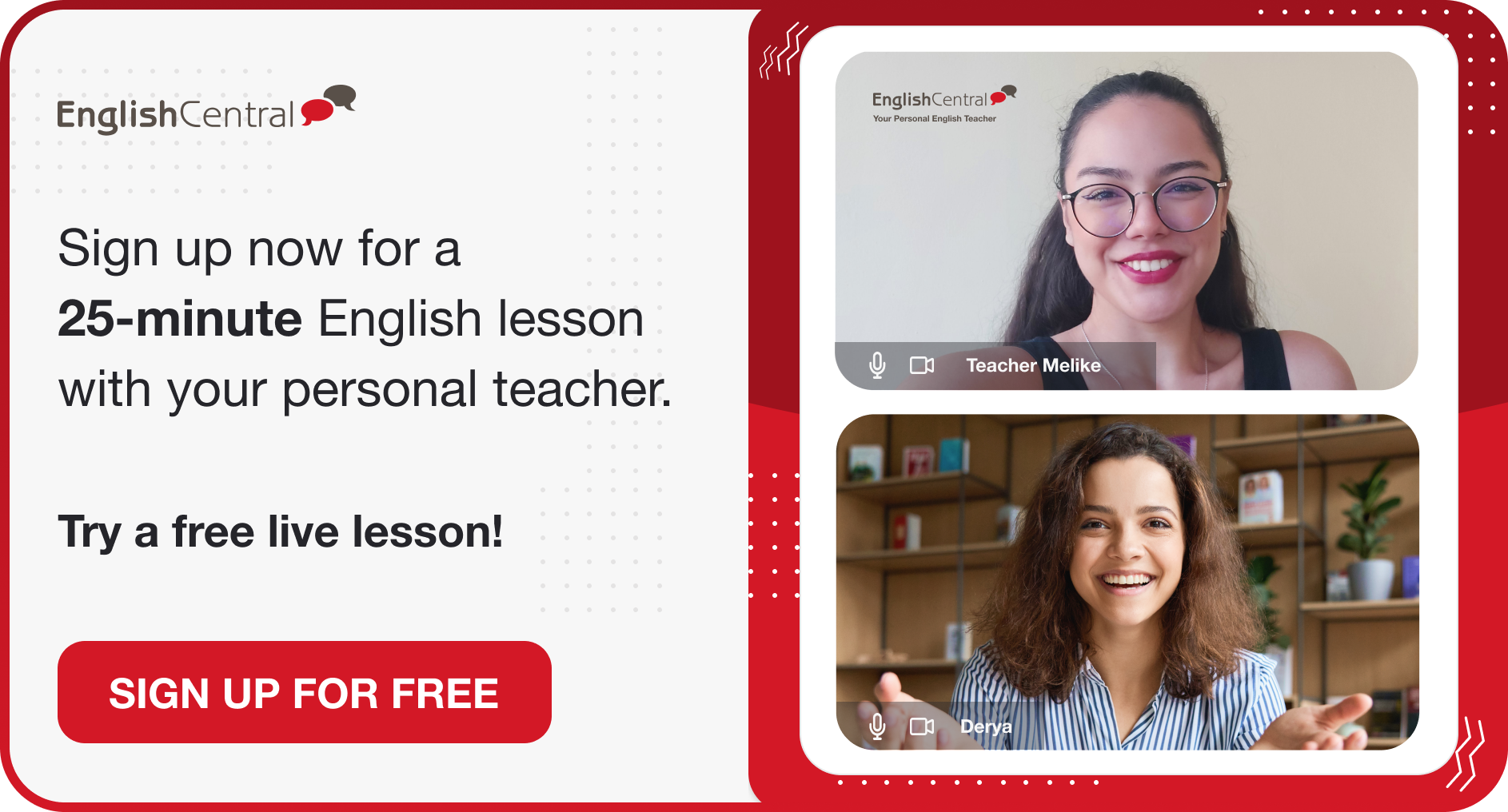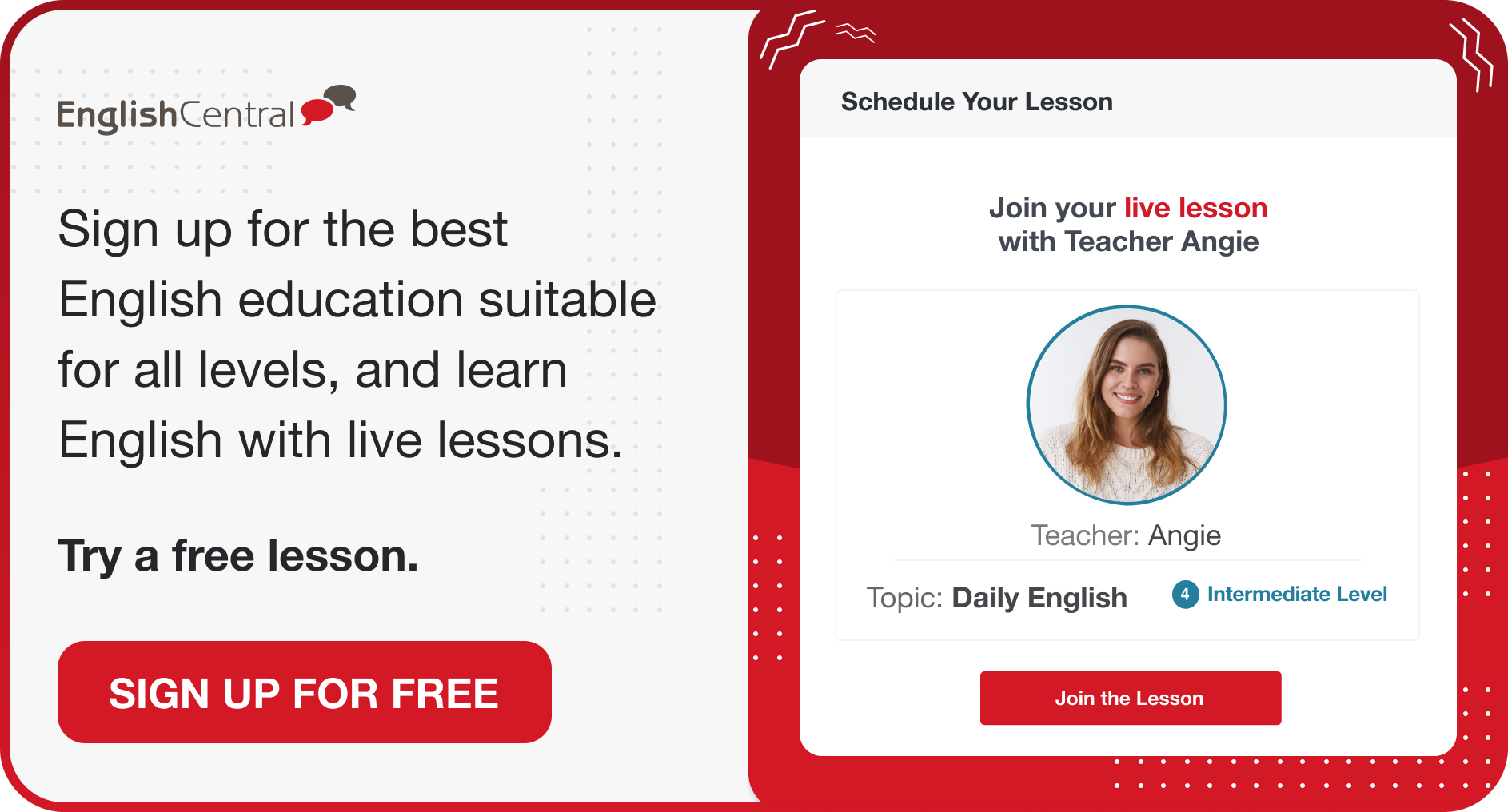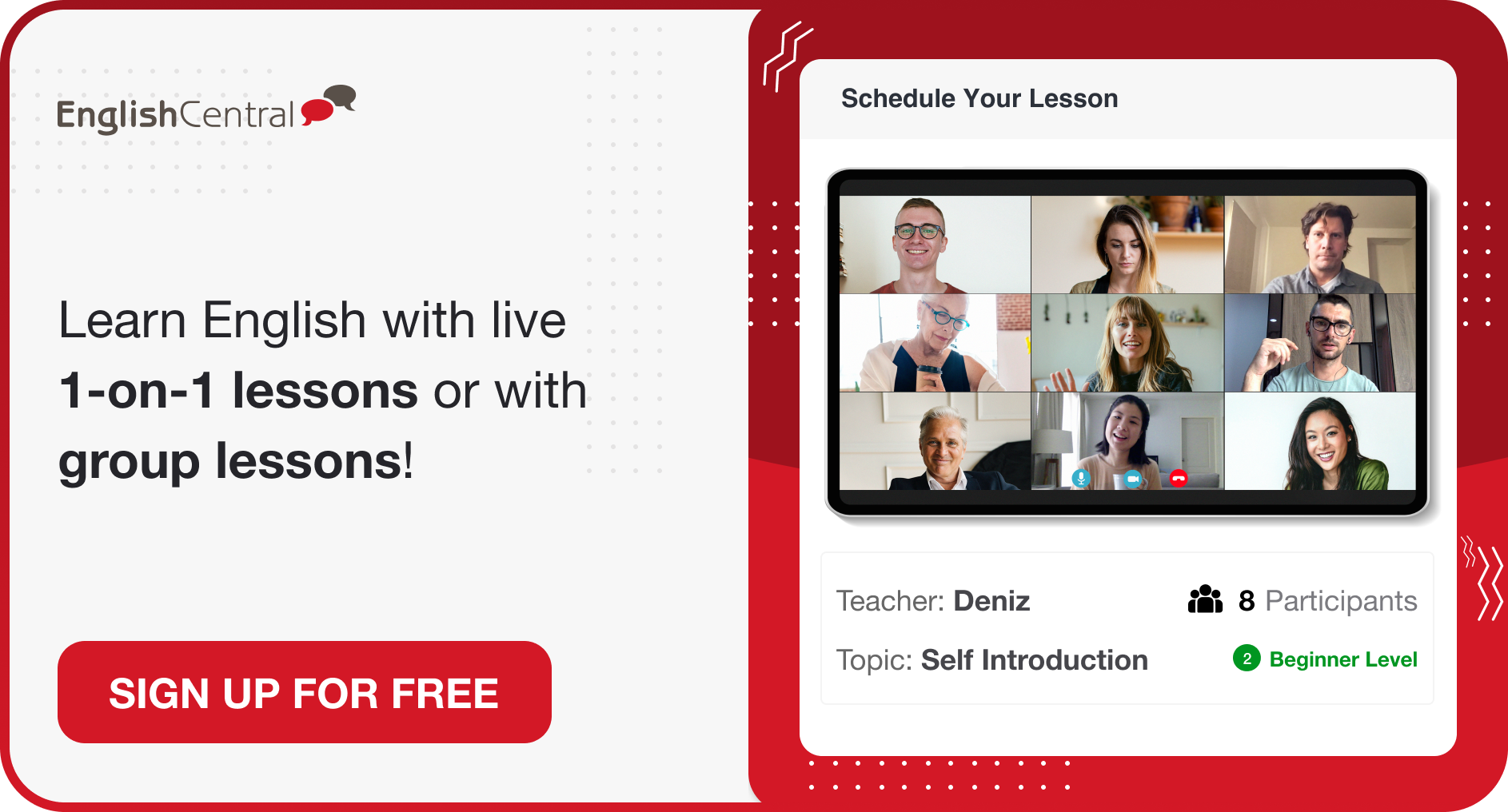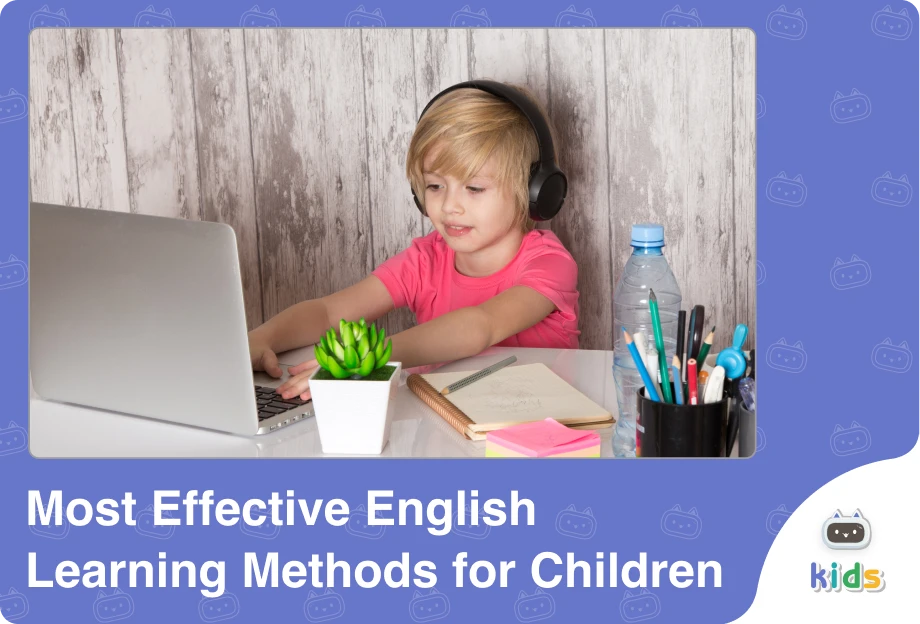Understanding countable and uncountable nouns is essential for learning English grammar and providing clear communication. Countable nouns, like “book” or “apple,” can be counted and have singular and plural forms, essential for constructing correct sentences about quantities and specific items. Uncountable nouns, such as “water” or “advice,” represent substances or concepts that cannot be counted, requiring different grammatical treatment, such as using quantifiers like “some” or “much.”
Identifying Countable and Uncountable Nouns
Mastery of these distinctions helps in various contexts, including writing, speaking, and understanding, ensuring you can precisely convey your message. To learn these, start by memorizing common countable and uncountable nouns, practice using them in sentences, and pay attention to their usage in reading materials and dialogues. Engaging in exercises that involve quantifiers and articles will also enhance your understanding and ability to use these nouns correctly.
Countable Nouns:
Have both singular and plural forms.
Can use “a” or “an” in singular form.
Can be preceded by numbers and quantifiers like “many” or “few.”
Examples:
Singular: a cat, an apple.
Plural: two cats, three apples.
Questions: Use “How many?” for quantity.
Uncountable Nouns:
Cannot be counted and usually have no plural form. Often abstract concepts or mass nouns. Use “some” in positive sentences and “any” in negative sentences.
Examples:
Substances: water, tea, rice.
Abstract: knowledge, love, beauty.
Rules for Using Countable and Uncountable Nouns
Understanding the difference between countable and uncountable nouns is crucial for proper grammar usage. Here’s a guide to help you:
Rules for Countable Nouns
1. Singular Form: Use a/an before singular countable nouns.
Example: a cat, an apple.
2. Plural Form: Add -s or -es to make them plural.
Example: cats, buses.
3. With Numbers: Countable nouns can be used with numbers directly.
Example: two books, five cars.
4. Questions & Negatives: Use many and few.
Example: How many chairs are there? / There are few chairs in the room.
Rules for Uncountable Nouns
1. No Plural Form: Uncountable nouns are always singular.
Example: Water is essential, not Waters are essential.
2. No a/an: Do not use a/an before uncountable nouns.
Example: I need advice, not I need an advice.
3. Quantity Expressions: Use expressions like some, a lot of, a piece of, a bit of.
Example: some milk, a piece of furniture.
4. Questions & Negatives: Use much and little.
Example: How much sugar do you need? / There is little time left.
Special Cases
-Some nouns can be both countable and uncountable, depending on their context:
Example: Chocolate (uncountable when referring to the substance, countable when referring to types or pieces of chocolate).
Coffee: I love coffee (uncountable), Can I have two coffees, please? (countable, meaning two cups of coffee).
Confusing Uncountable Nouns
Some uncountable nouns can be tricky. These nouns are often mistaken for countable nouns because they can seem like they should have a plural form or can be quantified individually, but they are typically treated as uncountable in English:
-Advice
-Information
-Furniture
-Luggage/Baggage
-Homework
-Equipment
-Money
-Bread
-Fruit
-Work
-News
-Clothing
-Jewelry
-Knowledge
-Traffic
-Weather
-Water
-Air
-Electricity
-Cheese
-Rice
-Soup
-Music
-Research
-Progress
-Education
-Sugar
-Flour
-Milk
-Love
Common Mistakes with Countable and Uncountable Nouns
Using uncountable nouns in their plural forms is a typical error. Uncountable nouns do not have a plural form since they refer to substances or abstract notions that cannot be enumerated separately. Saying “informations” rather than “information,” for instance, is improper. For uncountable words like “advice,” “furniture,” and “equipment,” always use the singular form.
The use of “a” or “an” with uncountable nouns is another common mistake. It is inappropriate to apply these articles to uncountable nouns since they are meant for singular countable nouns. Saying “a furniture” instead of “furniture” is an example of a mistake. To convey amounts, use quantifiers or precise measurements instead, like “some furniture” or “a piece of furniture.”
Using “much” with countable nouns is also a common error. “Much” is used with uncountable nouns, so it should not be used with countable nouns. Instead, use “many” with countable nouns. For example, “much apples” is incorrect, while “many apples” is correct. Similarly, “many” should not be used with uncountable nouns; instead, use “much.” For example, “many advice” is incorrect, while “much advice” is correct.
Confusion might also result from using the incorrect quantifiers and units of measurement while speaking about uncountable nouns. Quantity is indicated using particular terms for uncountable nouns, such as “a bottle of water” or “a piece of advice.” A statement may become ambiguous or grammatically incorrect without these quantifiers. stating “I need water” is not as specific as stating “I need a glass of water,” for example.
Example Sentences for Countable and Uncountable Nouns
-I bought an apple. (countable)
-There are three books on the table. (countable)
-She gave me some advice. (uncountable)
-Can you give me a glass of water? (uncountable)
-We saw two movies last night. (countable)
-He needs a new laptop. (countable)
-They donated several bags of rice. (uncountable)
-I have much homework to do. (uncountable)
-She collected a few stamps. (countable)
-He ate two sandwiches for lunch. (countable)
-I need a piece of information. (uncountable)
-The recipe calls for some sugar. (uncountable)
-There are many stars in the sky. (countable)
-She gave me a lot of feedback. (uncountable)
-I have little time to finish this project. (uncountable)
-They bought several new chairs. (countable)
-He has a lot of patience. (uncountable)
-The museum has many paintings. (countable)
-She drank a cup of tea. (uncountable)
-I found a few coins on the ground. (countable)
-There is some bread on the table. (uncountable)
-He wrote two essays for his class. (countable)
-She needs a lot of practice. (uncountable)
-They own many houses in the city. (countable)
-Can you give me a little advice? (uncountable)
Frequently Asked Questions About Countable and Uncountable Nouns
Can some nouns be both countable and uncountable?
Yes, some nouns can be both countable and uncountable, depending on their context. For example, “chicken” can refer to the animal (countable: “three chickens”) or the meat (uncountable: “some chicken”).
How can I tell if a noun is countable or uncountable?
To determine if a noun is countable or uncountable, you should consult a reliable dictionary, as most will indicate whether a noun is countable (C) or uncountable (U). Countable nouns are those that can be quantified as distinct units and usually have both singular and plural forms. In contrast, uncountable nouns refer to things that cannot be easily counted or divided into discrete units and typically do not have a plural form.
What should I do if I’m unsure whether a noun is countable or uncountable?
If you are unsure whether a noun is countable or uncountable, start by checking a dictionary for specific guidance. Many dictionaries provide information on a noun’s countability. Additionally, language resources such as grammar guides or educational websites can offer clarity.
Are there exceptions to these rules?
Yes, English has exceptions. For instance, some nouns can change between countable and uncountable depending on context (like “chicken”). Additionally, some nouns can be used in ways that don’t fit standard rules, such as “a piece of advice” where “advice” is uncountable but becomes countable with “piece.”
Would you like to put what you have learned into practice? You can access everything you need to learn English on a single platform! With 25-minute one-on-one live English lessons, 40-minute group lessons, more than 30,000 interactive videos, vocabulary learning tools, AI-supported tutor MiMi, quizzes, and interactive activities, EnglishCentral offers its users a personalized and quality education plan at an affordable price. How about registering for EnglishCentral now and starting to learn English?











